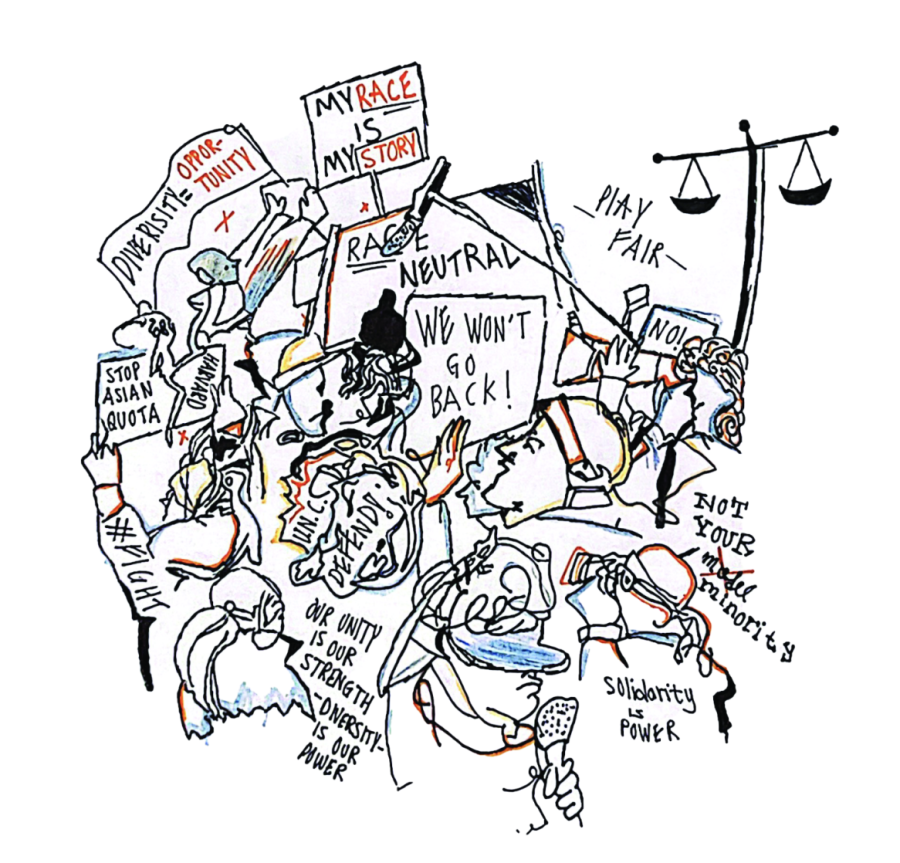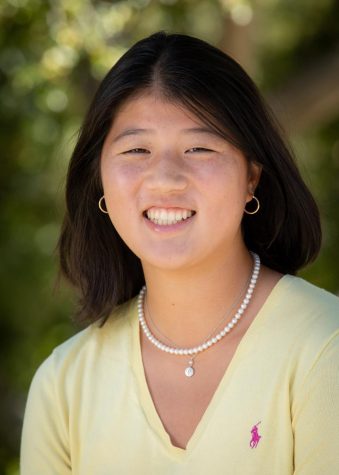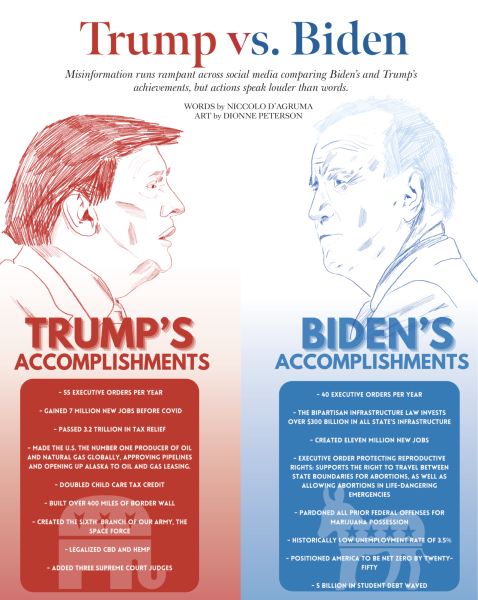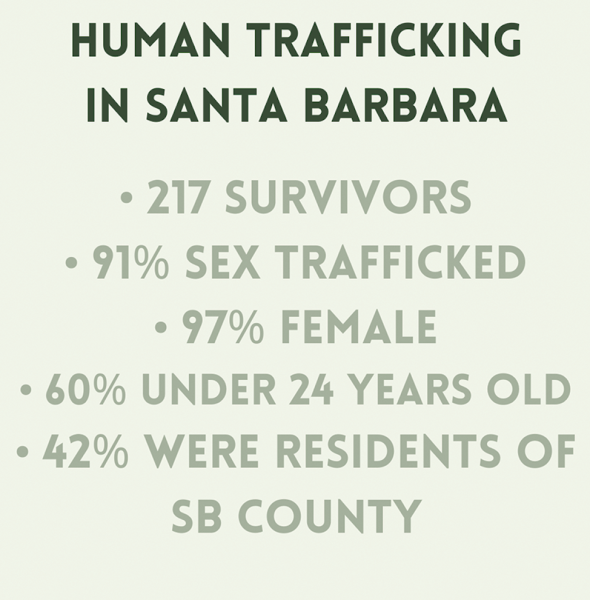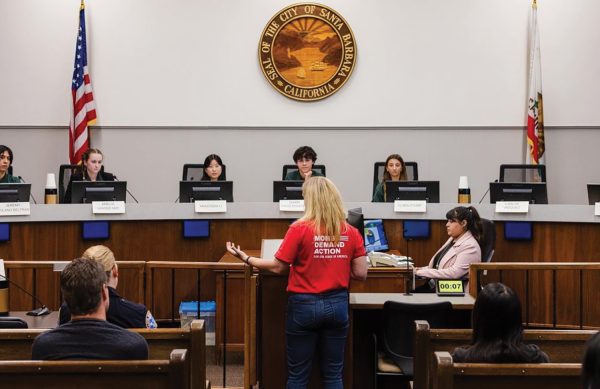The Future of Affirmative Action
The future of diversity in higher education remains on the line as the decision on whether or not colleges and universities can use race as a factor remain in the hands of the conservative Supreme Court.
February 8, 2023
In October 31, over 100 students donning light blue bandannas and carrying signs gathered outside the Supreme Court in light of the hearing determining whether to consider race in the college admissions process.
After decades of close precedent held by the justices of the Supreme Court, affirmative action is being reexamined in academia by the newly appointed conservative court with a high probability of overruling.
While still playing an important role in college admissions today, affirmative action dates back to the Civil Right Movement, prompting colleges and universities to consider the applicants’ race when admitting students.
Affirmative action allows more diversity and representation among women and people of color in admissions and the workforce.
While new policies were created to facilitate minorities in the workplace, more policies were implicated to show support towards underrepresented groups in college admissions.
Universities in the United States started considering race in college admissions in the 1960s, and more students who historically were excluded from top schools were accepted.
According to the Development Policy Review of 2022, affirmative action is “A carefully designed affirmative action policy that fosters meritocratic inclusion which embodies key principles of meritocracy and social justice.”
However, more than half a century later, colleges, courts, and voters have begun to discuss whether or not race should continue to be a factor in college admissions, putting the affirmative action movement at risk.
Similarly, in 2003, the case of Grutter v. Bollinger changed college admissions in the country forever as affirmative action policies were implemented, trailblazing equality and diversity in schools across the nation. This year, the Supreme Court has two affirmative action cases that have a chance at determining whether affirmative action could be banned.
The future of race-conscious admissions programs is on the line as Harvard, and the University of North Carolina begin to doubt whether affirmative action is lawful in higher education.
During a similar hearing in 2016, the court’s majority decisions supported admission programs. Still, with a recent shift in court membership, this case has been approached with suspicion, endangering the precedent allowing race to be a factor when applying.
According to The New York Times, Harvard’s case has been the base of countless accusations of its discrimination towards Asian-American students by utilizing subjective standards to measure their personalities of sociability and compassions limiting them during admissions.
Known as the “model minority,” Harvard’s lawyers responded that the allegations were built on faulty statistical analysis noting there was never any discrimination directed toward Asian-American applicants, defending their race-conscious admission practices.
On the other hand, in North Carolina, the plaintiff argued Chapel Hill was discriminating against both white and Asian applicants by prioritizing those of Black, Hispanic, and Native American backgrounds.
In response, UNC defended the ongoing admission policy that promoted and supported educational diversity under the precedents of the Supreme Court.
With a high chance of the ruling limiting or banning race as a factor in admissions, an echo would be heard throughout the nation, affecting higher education for decades to come.
If affirmative action is overruled, the number of Black and Latino students will decrease in selective schools, as the students proposed in both the Harvard and UNC cases for fairer admissions.
Established by Edward Blum, an entrepreneur of many lawsuits regarding race-conscious admissions policies, all of his cases have been successfully delivered to the Supreme Court, in hopes of doing the same.
After the court granted the hearing, in a statement, Blum said, “Harvard and the University of North Carolina have racially gerrymandered their freshman classes to achieve prescribed racial quotas. Every college applicant should be judged as a unique individual, not as some representative of a racial or ethnic group.”
Blum’s Students for Fair Admissions organization (SFFA) lawsuit in hearing it was based on the allegations directed toward Harvard, claiming there was discrimination against Asian American, who have statistically shown higher standardized test scores and grades in comparison to other ethnic groups.
In hopes of combating the statement, Harvard and UNC expressed their worries about the cases jeopardizing the fundamental precept of college admissions.
Harvard president, Lawrence S. Bascow, replied, emphasizing the pushback they would receive after the freedom of diverse campuses and communities would be endangered after prospering for 40 years.
While a spokeswoman for the University of North Carolina, Beth Keith, says that each applicant should receive equal evaluation during their admissions process in a “deliberate and thoughtful way.”
As both universities succeeded in federal trial courts, Harvard remains in favor of a federal appeals court. In the decisions to hear both Harvard and UNC’s cases, the Supreme Court has been affected by the opposite legal regimes in the two schools.
However, because Harvard is a private university receiving monetary funding, it must yield to the federal stature on whether race discrimination is banned, like UNC.
As a public university, they must also fulfill what the Constitution determines as an equal protection clause.
President of the Lawyer’s Committee for Civil Rights Under the Law, Damon Hewitt, is the head of defending programs believing that affirmative action plays a crucial role in admissions.
“Selective universities [… have long struggled to admit students of color, who have over time been excluded for access to elite institutions and are historically marginalized,” Hewitt said,
The Supreme Court will make the official decision in the spring or summer of 2023.
In hopes of ensuring equality and diversity, Hewitt argues, “Race-conscious admissions policies are a critical tool that ensures students of color are not overlooked in a process that does not typically value their determination, accomplishments, and immense talents.”



